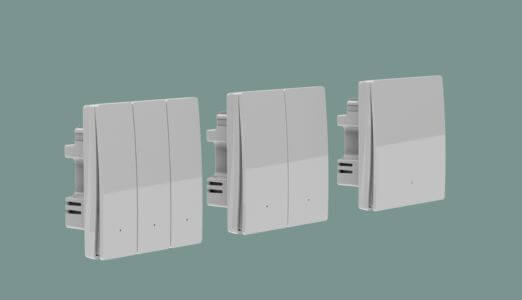Smart products have become an integral part of our daily lives. From smartphones to smart homes, these products provide us with a convenient and efficient way of life. However, with the popularization of intelligence, user safety has become more and more important. In this digitalized era, safeguarding user safety has become one of the top priorities in the design and manufacturing of smart products.
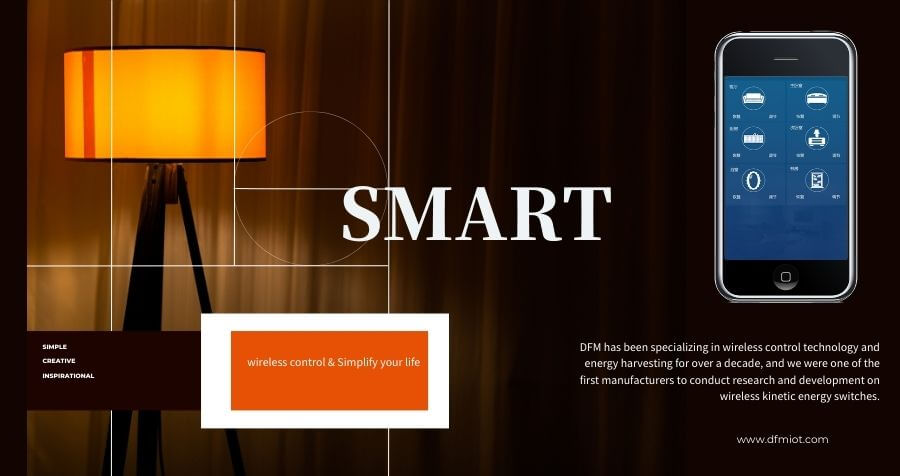
The application of intelligent products really facilitates people's lives, but at the same time also brings some hidden danger, in the extreme development of big data now, people's information is almost not personal secrets, certain people steal information at will through technology, in which the application of intelligent products is designed to the user's information security problems.
First of all, the guarantee of intelligent product security begins at the design stage. Product designers must consider user privacy and data security when conceptualizing and designing products. The adoption of secure design principles, such as encryption technology and secure transmission protocols, is the basis for ensuring that user data is not misused or leaked. At the same time, designers should also consider product protection mechanisms to prevent malicious attacks and unauthorized access. By injecting security at the product design stage, the emergence of security problems at a later stage can be effectively reduced.
Second, smart products need to establish a robust security system. This includes both hardware and software. On the hardware side, trusted hardware components and security chips are used to prevent physical attacks and hardware vulnerabilities. On the software side, regularly update and maintain the software system to repair potential vulnerabilities and security issues promptly. Establishing a sound firmware and software upgrade mechanism to ensure that users can access the latest security patches promptly is key to the security system of smart products.
Third, smart product manufacturers need to establish effective user authentication and access control mechanisms. Unauthorized user access can be effectively prevented by strengthening user authentication, such as fingerprint identification, facial recognition, and two-factor authentication. At the same time, strict access control policies are formulated to restrict user access to sensitive data and functions, ensuring that users can only access information they legally own. This minimizes the risk of malicious attacks and data leakage.
Fourth, smart product manufacturers need to enhance user education and awareness. Users are usually the first line of defense for security issues, and their security awareness and operating habits directly affect product security. Therefore, manufacturers should convey security knowledge to users through user manuals, training courses, etc., and educate them on the importance of protecting personal information and the proper use of products. Improving users' security awareness can help reduce security risks due to user negligence.
Finally, smart product manufacturers need to establish a sound security monitoring and emergency response mechanism. By monitoring user behavior and system status in real-time, abnormalities can be detected promptly and appropriate measures can be taken. Establish a complete emergency response team that can quickly respond to security incidents, limit damage, repair vulnerabilities, and ensure user safety. Regular security vulnerability and risk assessment, and comprehensive security checks of the system are also effective means of safeguarding user security.
In summary, safeguarding user safety of smart products requires manufacturers to carry out comprehensive security management in the whole process of design, manufacturing, sales, and after-sales. Only through multi-level and multi-faceted means can we effectively reduce the security risks faced by users. The security of smart products is not only the responsibility of the manufacturer, but also the users themselves need to be vigilant in the process of use, and jointly build a safe and reliable digital ecosystem.

 CN
CN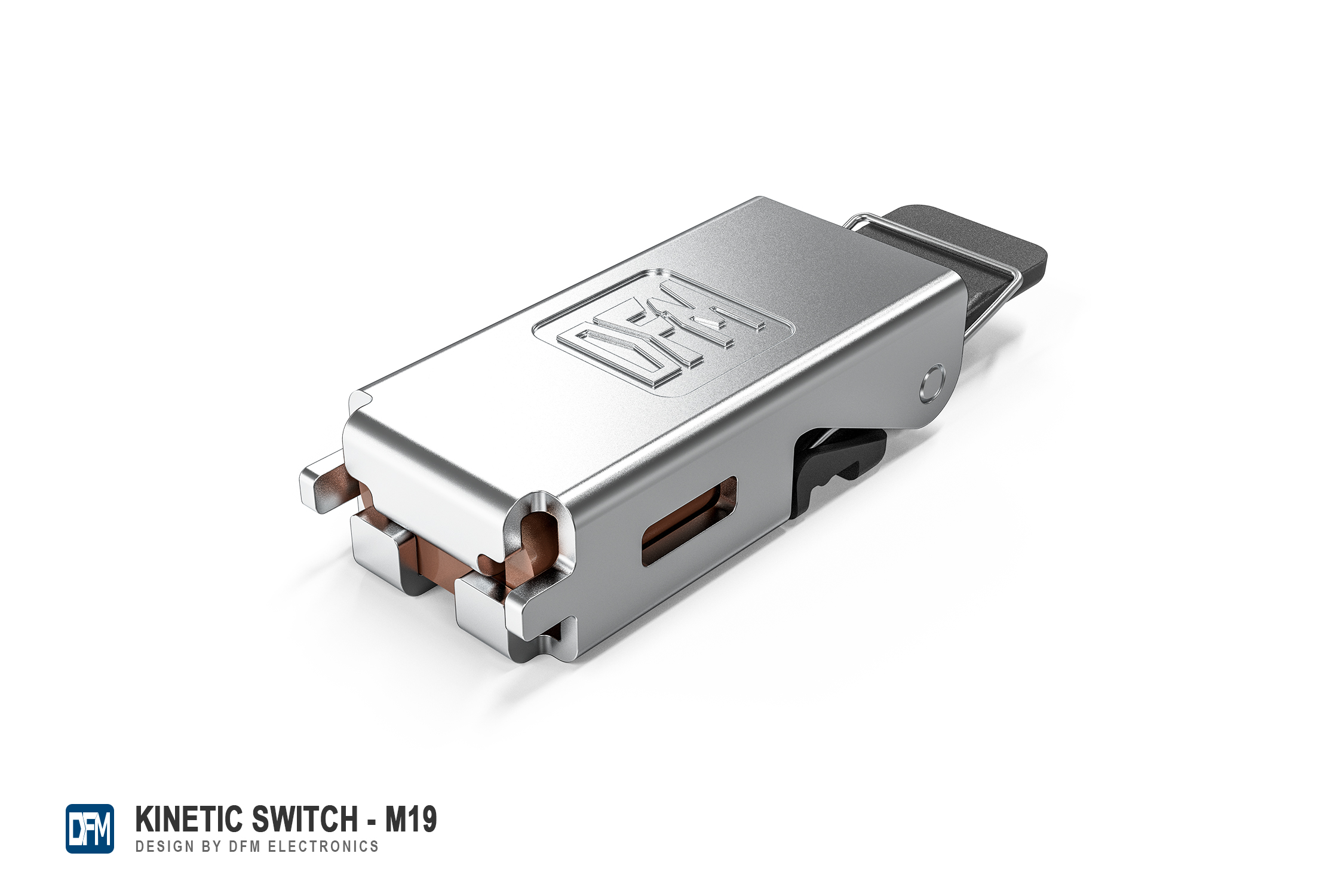
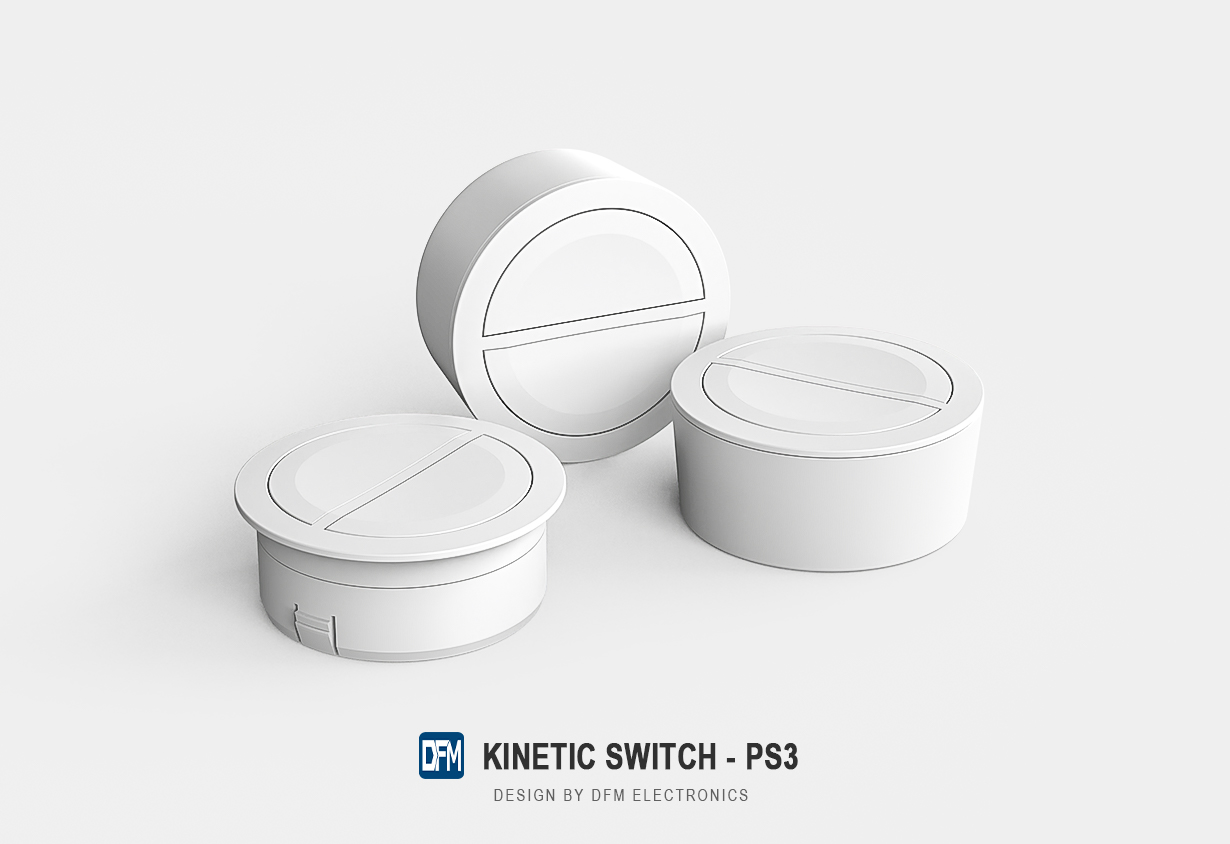

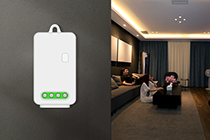
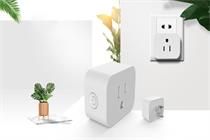
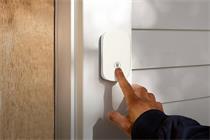







 Home
Home DFM
DFM  Jan 08,2024
Jan 08,2024 
 Wireless Control: Innovative Solutions to Enhance Your Life
Wireless Control: Innovative Solutions to Enhance Your Life 
 Jan 05,2024
Jan 05,2024 
